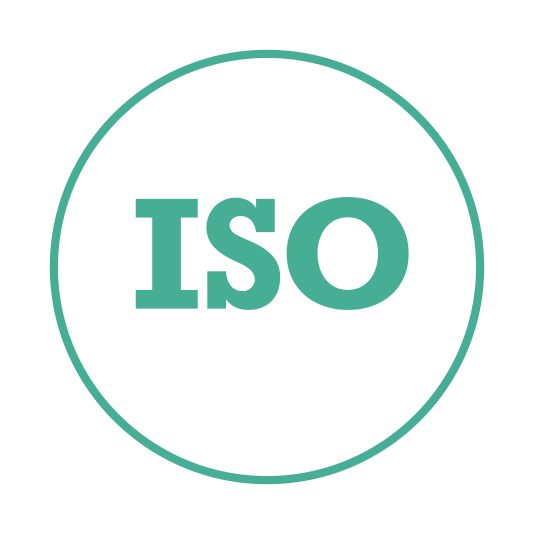Tips on Starting and Growing Your Digital Platforms
![]()
Written by: Ken Buraker

In today’s ever-evolving digital landscape, creating impactful digital platforms like apps and websites for behavior change presents a great opportunity and a worthwhile challenge. We work arm-in-arm with our clients, equipped with the expertise and tools to make a lasting impact on purpose-driven initiatives across health and wellness and other industries.
In 2023, I had the honor of presenting at the Food & Nutrition Conference & Expo to discuss the best practices to consider when designing education tools. Here, I’ve expanded on the key takeaways from my session. The journey from conceptualization to realization and beyond requires more than innovative ideas. It requires a strategic approach, keen insight, and a commitment to growth and adaptation. Whether you’re an entrepreneur or a brand looking to grow your marketing presence, understanding the foundations of starting and scaling is crucial. Consider these essential tips and strategies for launching your digital platform and ensuring its continued growth and relevance.
1. Define a Clear Vision
Always start by clearly articulating the problem your digital solution aims to solve and identifying the target audience(s). Leveraging a defined vision will guide your process and ensure your solutions meet the user’s needs. Be sure your solution resonates with your audience’s values and aspirations, making your platform a part of their lifestyle and wellness journey.
Beyond articulating the problem and identifying the target audience, a clear vision includes understanding the competitive landscape and how your solution stands out. This requires conducting market research to pinpoint shortcomings in existing solutions and customizing your offering to bridge these gaps.
2. Start with a Minimum Viable Product (MVP)
Instead of starting with a complex and feature-heavy product, create a basic version that addresses the fundamental issue. This approach lets you launch quickly, gather user feedback, and iterate based on user needs.
Launching with an MVP does more than speed up the development process; it serves as a litmus test for your concept’s viability in the real world. When planning your MVP, focus on the core features that provide the most value and solve the primary problems your users face. Use lean startup principles to build, measure, and learn. This iterative process allows you to refine your product based on feedback, ensuring you invest in features that truly matter to your users.
3. Prioritize the User Experience (UX)
Your solution’s success depends on its usability and user satisfaction. Create a design for an interface that is intuitive and easy to use, simplifying navigation and helping users accomplish their objectives. Continuously gather user feedback to improve the UX over time.
Enhancing the UX goes beyond the interface design. It involves understanding the user’s journey from the first point of contact to the ongoing use of your platform. When building out your design, be sure to consider accessibility and inclusivity to accommodate individuals with disabilities. This might mean including voice navigation, adding larger text options, and/or modifying contrast settings. Consider employing AI and machine learning to personalize user experiences, making your platform more engaging to individual users.
4. Embrace Agile Development
Adopt an agile development methodology like Scrum or Kanban to facilitate iterative and incremental development. That means breaking down the development process into smaller tasks or user stories and prioritizing them based on value and complexity.
Agile development encourages flexibility and adaptability while promoting team and stakeholder collaboration. Cultivating an environment that emphasizes ongoing enhancement fosters innovation. It enables your team to adjust swiftly in light of fresh insights or shifts in the market. This approach accelerates development and enhances team morale and stakeholder satisfaction.
5. Leverage Existing Tools and Frameworks
Rather than reinventing the wheel, leverage existing technologies, frameworks, and tools to accelerate development. Open-source platforms (e.g., WordPress), libraries, and frameworks can provide a solid foundation for quickly building your digital platform.
When selecting tools and frameworks, consider their technical capabilities, community support, and ecosystem. A vibrant community can provide valuable resources, from documentation to forums and third-party plugins, which can drastically reduce development time. Evaluate these tools’ scalability and security features to ensure they can support your platform’s growth and protect user data. Additionally, explore APIs and integrations with other platforms to extend your solution’s functionality and provide a seamless experience for users who might use your platform in conjunction with different tools.
6. Plan for Scalability
If your initial user base is small, plan your solution architecture and infrastructure with scalability in mind. Ensure your system can handle increased user loads and quickly expand as your user base grows. Cloud-based solutions and scalable architectures can provide the flexibility you need.
Planning for scalability means adopting technologies and architectures that grow with you. Early adoption of cloud services with global distribution capabilities can reduce latency and improve user experience worldwide. Regularly engage in capacity planning exercises to anticipate future growth and adjust your infrastructure accordingly. The last thing you want is to have your website or app crash.
7. Data-driven Decision-making
Gather and examine pertinent data to make well-informed choices regarding expanding your solution. Monitor user engagement, behavior, and feedback to identify improvement areas and prioritize new features. Data analytics will provide valuable insights and guide your future development efforts.
Also, consider employing A/B testing to facilitate informed decision-making by directly comparing various iterations of your solution. Invest in advanced analytics tools with predictive modeling and segmentation to anticipate user needs and personalize experiences. However, remember to ensure compliance with data protection regulations by implementing robust data governance practices, thereby maintaining user trust.
8. Foster a Community
Engage with your users, build a community around your solution, and encourage feedback. A strong community can provide valuable insights, help promote your solution, and drive its growth through word-of-mouth.
Creating a community involves more than just facilitating a space for discussion—it’s about nurturing an environment where users feel valued and heard. Implement features like forums, user groups, and social sharing capabilities to enhance user interaction. Encourage user involvement by hosting challenges or beta testing opportunities. Leveraging social media platforms can also extend your community’s reach and engagement, creating ambassadors for your brand.
9. Iterate and Evolve
Recognize that your digital solutions must grow based on changing user needs, market needs, and evolving technology. Adopt a mindset of ongoing enhancement, consistently rolling out updates and improvements driven by user insights. Embracing iteration requires a shift toward viewing your solution as a living entity that grows and changes.
To ensure continuous learning and adaptation, incorporate feedback loops with users, stakeholders, and your team. Cultivating a culture of curiosity and resilience within your team will support ongoing innovation and adaptation!
10. Monitor Your Competition
Examine your competitors’ triumphs and setbacks to gain insights from their journeys and pinpoint opportunities to set your solution apart. And remember to stay updated on industry movements and changing user demands.
Beyond just watching your competitors, engage in strategic analysis to understand their positioning, offerings, and weaknesses. Tools like SWOT (Strengths, Weaknesses, Opportunities, Threats) analysis provide structured insights. Maintain flexibility and be prepared to adjust your strategy in response to competitors’ actions and shifts in the market. Finally, engage in thought leadership within your industry to establish your brand as a forward-thinking solution provider.
**************************
In summary, navigating the complexities of creating and evolving digital platforms for behavior change is an intricate process that demands strategic thinking, user-centric design, and continuous adaptation. Embrace these principles to navigate the digital landscape successfully, and remember, the journey of innovation and impact is constant, demanding not just the creation of digital solutions but their perpetual evolution in response to the ever-changing digital ecosystem.
Contact Us
Urban Emu is an experience agency proudly driven by a singular mission: to transform the way humans live. We achieve this through a powerful fusion of design, technology, and communications, creating unparalleled online and offline experiences.
We love to hear about ideas big or small. Please don’t hesitate to get in touch with us regarding your project.
Email: hello@urbanemu.com












